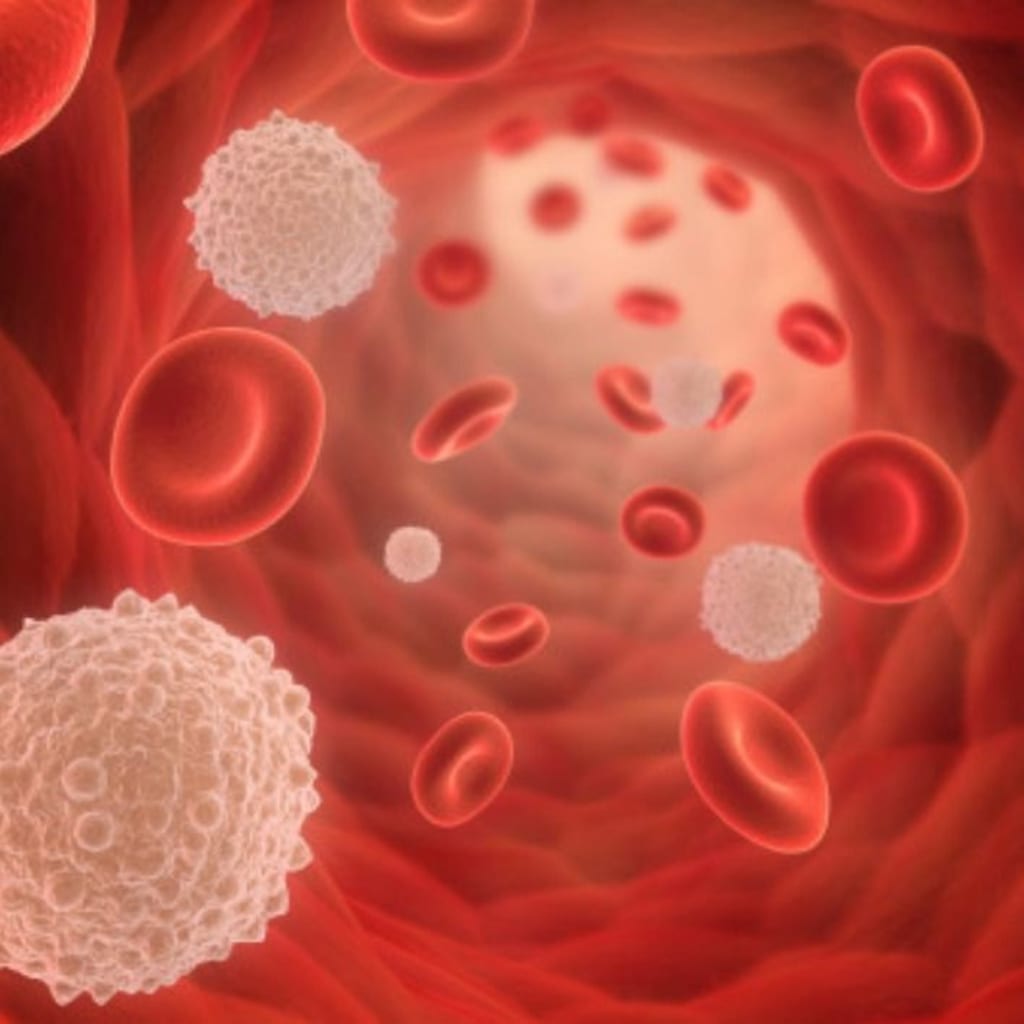Addressing Cancer's Root Causes: Effective Solutions for Prevention
Reducing Environmental Risk Factors: A Key to Cancer Prevention

Cancer is a complex and multifaceted disease that has been a major health concern worldwide. Despite significant advancements in medical science, finding a definitive solution to what causes cancer remains a challenging endeavor. This article aims to explore the various factors that contribute to cancer development, the current understanding of its causes, and the potential solutions to mitigate these risks.
Introduction
Cancer is a group of diseases characterized by the uncontrolled growth and spread of abnormal cells. It can affect any part of the body and manifests in various forms, such as breast cancer, lung cancer, prostate cancer, and colorectal cancer. Understanding the causes of cancer is crucial for developing effective prevention and treatment strategies.
Genetic Factors
One of the primary causes of cancer is genetic mutations. These mutations can be inherited or acquired over a person's lifetime. Inherited genetic mutations, such as those found in the BRCA1 and BRCA2 genes, significantly increase the risk of breast and ovarian cancer. Additionally, mutations in the TP53 gene are associated with various types of cancer, including lung and colorectal cancer.
Potential Solutions:
- Genetic Testing and Counseling: Individuals with a family history of cancer can benefit from genetic testing to identify mutations that increase their risk. Genetic counseling can help them understand their risk and take preventive measures.
- Targeted Therapies: Advances in precision medicine have led to the development of targeted therapies that specifically attack cancer cells with certain genetic mutations, sparing healthy cells.
Environmental Factors
Environmental factors play a significant role in cancer development. Exposure to carcinogens, such as tobacco smoke, asbestos, and certain chemicals, can damage DNA and lead to cancer. Additionally, ultraviolet (UV) radiation from the sun and tanning beds is a well-known cause of skin cancer.
Potential Solutions:
- Public Awareness Campaigns: Educating the public about the dangers of smoking, excessive sun exposure, and occupational hazards can help reduce the incidence of cancer caused by environmental factors.
- Regulations and Policies: Implementing and enforcing regulations to limit exposure to known carcinogens in the workplace and the environment is essential for cancer prevention.
Lifestyle Factors
Lifestyle choices, including diet, physical activity, and alcohol consumption, have a profound impact on cancer risk. A diet high in processed foods, red meat, and sugary beverages is linked to an increased risk of colorectal and other cancers. Conversely, a diet rich in fruits, vegetables, and whole grains can lower cancer risk.
Potential Solutions:
- Healthy Eating Initiatives: Promoting a balanced diet through public health campaigns and providing access to healthy food options can encourage better eating habits.
- Exercise Programs: Regular physical activity is associated with a lower risk of several cancers. Community-based exercise programs and policies that encourage active lifestyles can help reduce cancer risk.
Infections
Certain infections are known to increase the risk of cancer. Human papillomavirus (HPV) is a major cause of cervical cancer, while hepatitis B and C viruses are linked to liver cancer. Helicobacter pylori infection is associated with an increased risk of stomach cancer.
Potential Solutions:
- Vaccination: Vaccines are available for HPV and hepatitis B, which can significantly reduce the risk of cancer associated with these infections. Widespread vaccination programs are crucial for cancer prevention.
- Screening and Treatment: Regular screening for infections like HPV and H. pylori, followed by appropriate treatment, can help prevent the progression to cancer.
Hormonal Factors
Hormonal imbalances and exposure to certain hormones can contribute to the development of cancer. For example, prolonged exposure to estrogen increases the risk of breast and endometrial cancer. Hormone replacement therapy (HRT) and contraceptive pills are also associated with an increased risk of certain cancers.
Potential Solutions:
- Hormone Regulation: Monitoring and managing hormone levels, especially in individuals undergoing HRT or using contraceptive pills, can help mitigate cancer risk.
- Alternative Therapies: Exploring non-hormonal treatments for conditions like menopause symptoms can reduce the reliance on hormone-based therapies.
Occupational Hazards
Certain occupations expose individuals to higher cancer risks due to prolonged exposure to carcinogens. For example, workers in the construction industry may be exposed to asbestos, while those in agriculture may encounter pesticides linked to cancer.
Potential Solutions:
- Workplace Safety Measures: Implementing strict safety protocols and providing protective equipment can minimize exposure to carcinogens in high-risk occupations.
- Regular Health Screenings: Offering regular health screenings for workers in high-risk industries can help detect cancer early and improve outcomes.
Obesity and Physical Inactivity
Obesity and physical inactivity are significant risk factors for various cancers, including breast, colorectal, and endometrial cancer. Excess body weight can lead to chronic inflammation, insulin resistance, and hormonal imbalances, all of which contribute to cancer development.
Potential Solutions:
- Weight Management Programs: Community-based weight management programs that promote healthy eating and regular exercise can help reduce obesity-related cancer risks.
- Public Policies: Policies that encourage active transportation, such as walking and cycling, and provide access to recreational facilities can promote physical activity and reduce obesity rates.
Alcohol and Tobacco Use
Alcohol and tobacco use are major contributors to cancer incidence. Tobacco smoke contains numerous carcinogens that can cause lung, throat, and mouth cancer. Alcohol consumption is linked to liver, breast, and esophageal cancer.
Potential Solutions:
- Smoking Cessation Programs: Providing resources and support for individuals trying to quit smoking can significantly reduce the incidence of tobacco-related cancers.
- Alcohol Consumption Guidelines: Public health campaigns that promote moderate alcohol consumption and educate about the risks of excessive drinking can help reduce alcohol-related cancer risks.
Stress and Mental Health
Chronic stress and poor mental health can indirectly contribute to cancer development. Stress can lead to unhealthy coping mechanisms, such as smoking, excessive drinking, and overeating, which increase cancer risk. Additionally, stress hormones can affect the immune system's ability to fight cancer cells.
Potential Solutions:
- Mental Health Support: Providing access to mental health services and stress management programs can help individuals develop healthier coping strategies and reduce cancer risk.
- Work-Life Balance Initiatives: Encouraging work-life balance through flexible work arrangements and promoting a healthy work environment can reduce stress levels and improve overall health.
Conclusion
Cancer is a multifaceted disease with various causes, including genetic, environmental, lifestyle, hormonal, and occupational factors. While there is no single solution to what causes cancer, a combination of preventive measures, public health initiatives, and advancements in medical research can help reduce cancer incidence and improve outcomes. By addressing the root causes of cancer and promoting healthier lifestyles, we can make significant strides in the fight against this devastating disease.
About the Creator
JUHAID VOCAL TIME
By creators, for creators.






Comments
There are no comments for this story
Be the first to respond and start the conversation.